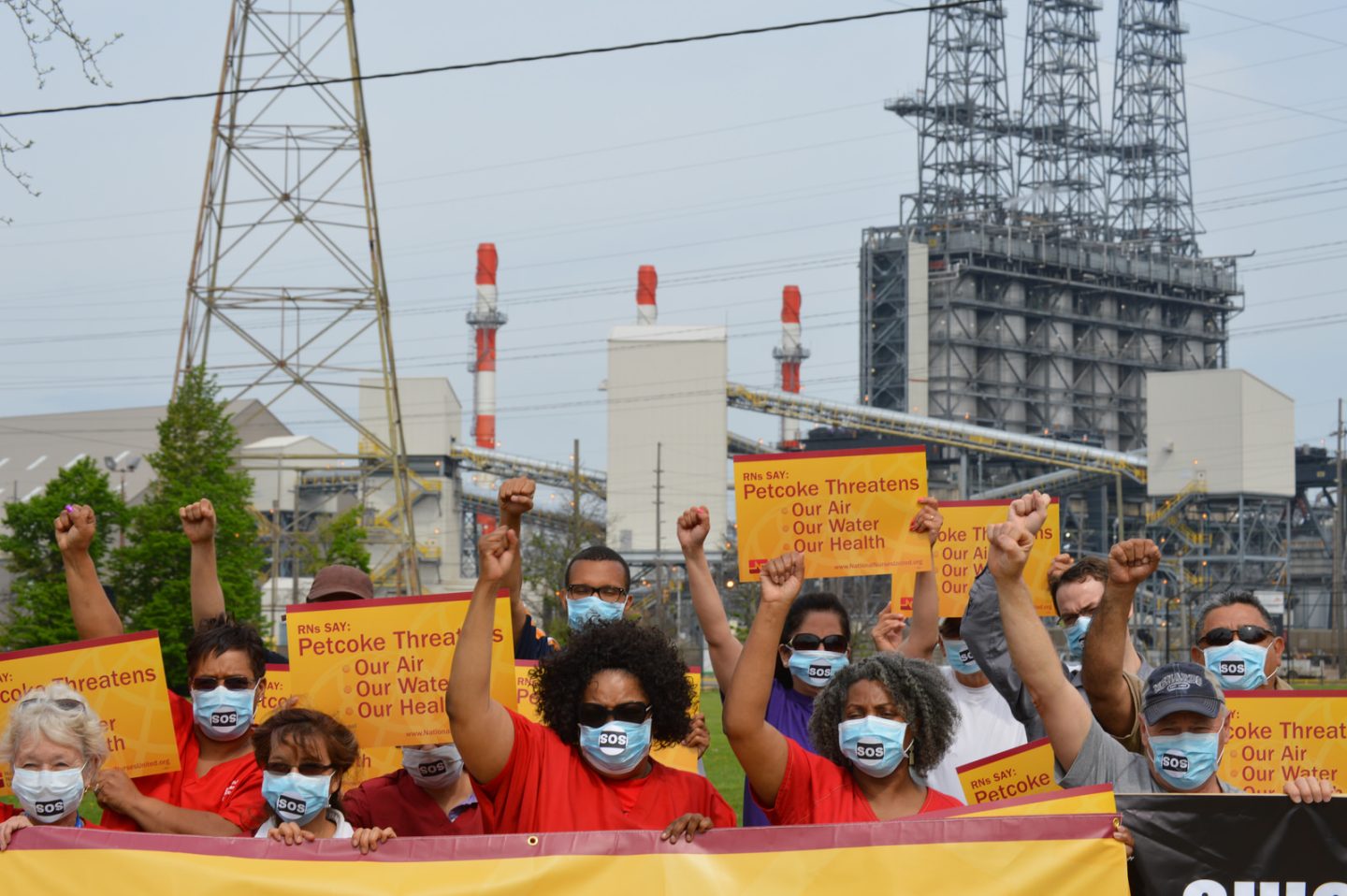Exhibitions

Date
May 23–May 24, 2017
Time
12:00–12:00 am
ABOUT THE EVENT
Join Gallery 400 and UIC’s Native American Support Program for discussions examining environmental and land-based injustice against communities of color. As multiple communities work to fight corporate and state environmental violence we contemplate the role of art, shared experience and how to build coalition. This 2-day symposium will feature a lecture on The Art of Indigenous Resistance exhibition by activists Charlie Thayer and Kimberly Smith of Honor the Earth; a panel discussion on environmental racism featuring Olga Bautista, Petcoke activist, and Bryant Williams, President of BK Environmental Industries; a teach-in led by Dr. Kyle Mays, University of North Carolina and Kelly Hayes, University of Chicago; and a keynote lecture by artist Torkwase Dyson.
Major support for This Land/That Land Symposium: The Politics of Land Sovereignty and Environmental Racism is provided by the Humanities Without Walls consortium, based at the Illinois Program for Research in the Humanities at the University of Illinois at Urbana-Champaign. The Humanities Without Walls consortium is funded by a grant from the Andrew W. Mellon Foundation.
Torkwase Dyson works through multiple forms and describes herself as a painter who uses the language of architecture and minimal geometric abstraction to generate descriptive fragments of space. The works are distilled deconstructions of natural and built environments and consider how individuals negotiate and negate various types of systemic orders that impact environmental justice. Dyson’s work has been exhibited at the Studio Museum in Harlem, the Whitney Museum of American Art, the Corcoran College of Art and Design, the Schuylkill Center for Environmental Education, and the Smithsonian National Museum of African Art. Dyson is the recipient of Joan Mitchell Foundation Painters & Sculptors award, Nancy Graves Grant for Visual Artists, Visiting Artist grant to the Nicholas School of the Environment at Duke University, the Culture Push Fellowship for Utopian Practices, Eyebeam Art and Technology Center Fellowship, and the FSP/Jerome Fellowship. Dyson’s work has also been supported by The Metropolitan Museum of Art, The Drawing Center, Lower Manhattan Cultural Center, The Laundromat Projects, the Green Festival of New York, the Center for Documentary Studies at Duke University, the Mural Arts Program of Philadelphia, The Kitchen, and the Rebuild Foundation. In 2016 Dyson was elected to the board of the Architecture League of New York as Vice President of Visual Arts. Torkwase is now based in Brooklyn, New York and is a visiting critic at Yale School of Art.
Olga Bautista is a life-long resident and community organizer of Chicago’s Southeast Side. She is a founding member of Chicago’s Southeast Side Coalition to Ban Petcoke (petroleum coke, or petcoke, is a byproduct of the oil refining process).
Bryant Williams is a 15-year veteran in industrial hygiene and environmental engineering. He currently serves as the Board Chair for the Southeast Environmental Task Force and a Board member at large for the Plant Chicago in addition to his leadership at BK Environmental Industries. Bryant also served as the manager of engineering for the Cook County Department of Environmental Control, where he was involved in developing and implementing the Demolition Debris Diversion Ordinance, one of the most impactful mandates in the Midwest. Bryant holds a degree in biology and environmental science from Olivet College. A lifelong resident of Chicago’s Southside, Bryant is using his experience to help establish the Chicagoland area as a world-class model of sustainability.
Kyle T. Mays is an historian of modern US, Afro-Indigenous, and Indigenous studies, with a particular focus on how various actors construct indigeneity and other social meanings in modern US cities. Dr. Mays is currently a postdoctoral fellow of the University of North Carolina, and is working to transform his dissertation into a book. A cultural and social history, the book will tentatively analyze how indigeneity functioned in Detroit’s modern development. An idea central to the project is that we cannot comprehend the development of modern US cities without also understanding how indigeneity was central to their development. Dr. Mays also has an interest in contemporary popular culture, especially how Native artists construct indigeneity within Hip Hop.

